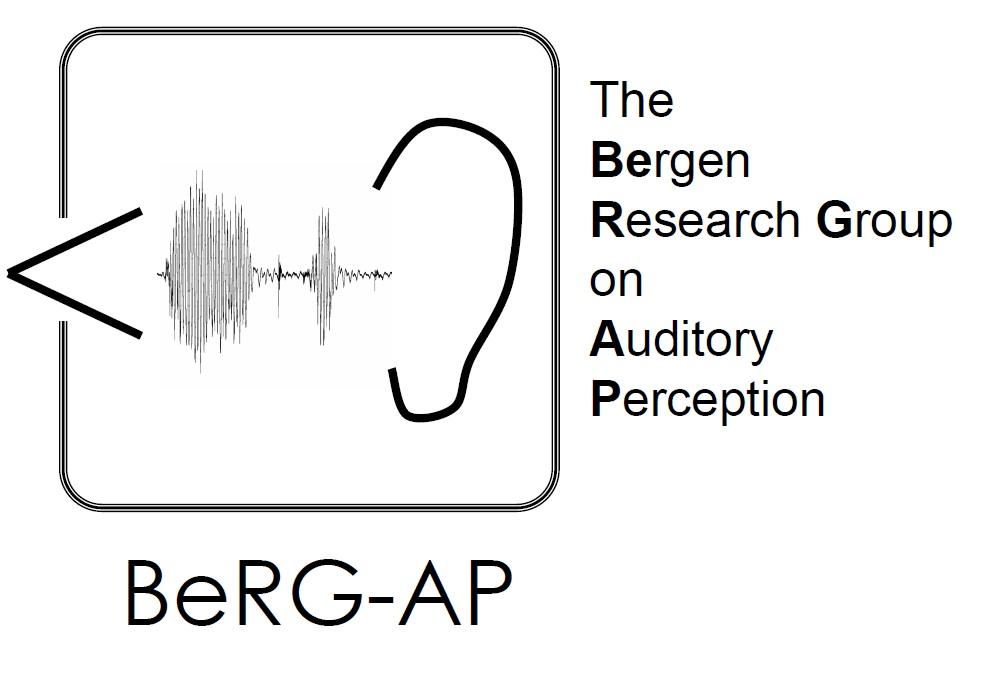Current Research
Main content
Overview
To understand the neuronal processes behind the perception of auditory signals is the focus of the current research. This is divided into two main research questions: How does the brain perceive, process, and decode speech signals, and how does the brain perceive and process music?These research questions are addressed by using neuroimaging methods, such as functional magnetic resonance imaging (fMRI), in combination with advanced data analysis and modelling approaches that allow exploring the brain as a complex neuronal network.
Speech perception
The perception and comprehension of speech is an integrative process that relies on specific capacities of the left and right hemisphere. The left hemisphere is in the majority of the population the speech dominant hemisphere, which means that the left hemisphere primarily does comprehension as well as production of speech. However, recent research demonstrated that also the right hemisphere contributes to this process. Current research projects of the BeRG-AP group focus on this balance between the left and right hemisphere – called functional asymmetry or lateralisation.
Besides of this basic research, the BeRG-AP group explores also how developmental speech disorders, like stuttering, can affect this network.
Music perception
There is emerging evidence that the brain has certain networks that favour the processing of music. In particular, the processing of rhythm appears to drive specific neuronal networks that are not generally involved in processing auditory information, but in motor planning, emotion processing, or attention. Further, music is a powerful stimulus with respect to neuronal plasticity that is the reconfiguration of functional and structural connections in the brain. This happens not only in young children, learning to play an instrument, but also in the adult and aging brain.
In this respect, one line of research within the BeRG-AP group focuses on the neuronal correlated of music processing and neuronal plasticity.
Synaesthesia
Synaesthesia describes a rare condition in which a particular sensory stimulus involuntarily evokes an additional, concurrent sensation, which may or may not be in the same sensory modality. The term “synaesthesia” is a combination of the Greek words σύν (syn) = together/ joined, and of the Greek word αἲσθησις (aisthēsis), which means perceptions. In other words, a synaesthete perceives two joint and concurrent perceptions, where only one is caused by a real, external stimulus, while the other is an internally-evoked synaesthetic experience without any direct external cause.
The cross-link between the real stimulus and the synaesthetic experience is always the same, for example: seeing the letter A always evokes the synaesthetic experience of seeing the letter in yellow, independent of the real printed colour.
